How to Line Drawers with Wallpaper
I had a little bit of a humbling week as I continue to learn how much I can (or rather, can’t!) get done these days. With Henry off school all last week, I thought it was a great opportunity to knock out a bunch of projects since we had nowhere to be. My problem though (despite my best efforts to “take it easy”) is that I tend to “bite off more than I can chew.” So instead of getting a ton done, I finished out the week feeling really frazzled, with a bunch of half-done projects and a disaster in every room of the house. I can’t yet juggle multiple projects the way I used to, and I am realizing that in order for projects to get done right, I need to take them a little slower. This is my long-winded way of saying I didn’t quite get my intended project and post for this week done. BUT! I anticipated such situations last Fall before Sam came, so I have “stockpiled” some projects for this very situation. While I tweak and finish the various projects I started last week, today I want to show you all how to line drawers with wallpaper!

Our Wallpapered Nursery Drawers
As you guys know, I am a huge fan of lining cabinets and drawers with pretty papers. Not only is it my sneaky way of getting more great patterns into my home, but it’s also a simple technique for making any house feel a little more like ours’. Let’s be honest though: the act of lining drawers isn’t exactly fun or easy. It can be tedious to measure and cut (and often re-measure and re-cut!), and dealing with sticky contact paper can be downright frustrating. But after lining lots and lots of drawers and cabinets with lots and lots of different kinds of papers, I feel like I’ve become a pro. See my process: The Best Way to Line Drawers & Shelves with Pretty Paper
…but when using wallpaper to line drawers, the process looks and feels a little different. I’m breaking my system down for you today so you too can get great results without the headache!
Pros & Cons of Using Wallpaper to Line Drawers
I actually prefer lining drawers with wallpaper rather than contact paper, and here is why:
- Wallpaper comes in LOTS more color and pattern options
- Wallpaper can often be cheaper (when considering cost/square foot)
- Wallpaper is much more durable both during installation and daily use
- Wallpaper is usually just as wipeable as contact paper
- Wallpaper rolls are typically longer so you can line more drawers or do other projects with a single roll
- Wallpaper doesn’t (usually) have a sticky back, so it doesn’t immediately stick to itself or your surface, making it much easier to work with.
A few cons of using wallpaper include:
- Although sometimes cheaper by the foot, a single roll of wallpaper will cost more than a standard roll of off-the-shelf contact paper
- Pre-pasted wallpapers can be difficult to remove if you want a change
- Non-pasted wallpapers will require some sort of adhesive to make it stick to the drawers (meaning an extra step is required)
- Wallpaper is not quite as easy to find; fun patterns and good prices often need to be researched and bought online
How to Line Drawers with Wallpaper
(Note: This tutorial is primarily for using non-adhesive wallpaper to line wooden drawers. The process can certainly be adapted for use with sticky papers and non-wooden drawers, but you may need to experiment to find out what works best!)
If you want to give lining your drawers with wallpaper a try, here are the tools I recommend:
- Non-pasted wallpaper in the color/pattern of your choice (Note: You can certainly use pre-pasted wallpaper – it might even go on easier – but it may not be as easily removable as non-pasted paper applied as I will show here.)
- Flexible tape measure
- Rotary cutting set
(including mat, 24″ ruler and rotary cutter)
- Liquid starch
(Note: You can use other adhesives such as wallpaper paste or Mod Podge as you prefer; but be aware, they will NOT be easily removable. I’ve found liquid starch provides enough bond to hold the paper securely but still gives me the option to remove it later.)
- Foam brush
- X-acto knife
- Paper towels or damp cloth (not pictured)
Like with any drawer-lining project, be sure to fully clean out and dust all sides of the drawer. Use a handheld vacuum if necessary.
To line the drawers so that there are no visible seams in your paper, it is imperative that you get very precise measurements. As such, I find a flexible tape measure (rather than a stiff one) allows you to really get into the edges of a drawer for exact measurements.
I like to line ALL the sides of my drawers for a clean and professional look, but it can be a little tricky. I’ve come up with a way to do it that easily lines all 5 surfaces with just 3 cuts of paper and makes the seams hard to see.
Here are the measurements you need to take with the cloth tape measure:
From the wallpaper, use the measurements to make these three cuts:
You might be wondering why there are only three cuts of paper. Essentially, you will first line the two sides of the drawer with two separate cuts of paper (A x B). For the bottom and front/back of the drawer, you will use one sheet of paper that measures the width of the drawer (B) and the depth of the front, bottom, and back together. It is creased horizontally to fit into the bottom edges of the drawer.
The diagrams alone might be a little confusing, so let me walk you through it!
Start by cutting down the wallpaper into the measurements described above using a rotary cutter, ruler and cutting mat. I can’t recommend using a mat and long ruler/rotary cutter enough. It makes getting precise measurements from rolls of paper SO much easier! I also recommend adding at least 1/8″-1/4″ extra to each cut to ensure there are no gaps in your seams.
On the largest cut of paper, use a scoring tool (or a chopstick if you don’t have one) to score a line across the width of the paper that corresponds to the height of the drawer. For example, my drawers were 6.5″ inches high, so I scored a line 6.5″ inches down from the top and up from the bottom of the paper. Refer to the diagram two pictures back to help you.
With all your paper cut, it’s time to start applying it to the drawers. I like to have the option to remove the paper down the road so I use a cup of liquid starch, a foam brush, and a damp rag to apply the paper!
Start with the smaller cuts of paper along the sides of the drawer. Using the foam brush, thoroughly saturate BOTH the drawer side AND the back of the wallpaper with liquid starch. Working quickly (the starch dries fast), apply the wallpaper to the side of the drawer and smooth away any wrinkles or bubbles.
Use the damp rag to work out excess starch, smooth the paper, and ensure the paper is fully secure to the drawer side. Then repeat the process on the other drawer side.
With the two sides done, it’s time to do the bottom center part of the drawer. Again, use the foam brush to thoroughly saturate the bottom of the drawer, as well as the back of the wallpaper.
Place the wallpaper into the bottom of the drawer, pushing the creases on the paper into the bottom edges of the drawer.
BEFORE working the paper up the remaining two sides of the drawer, use the rag to again work out crease and bubbles and ensure the paper is fully pushed into the bottom edges of the drawer.
Once the bottom is secure, use more liquid starch and the wet rag to work the paper up the final two sides of the drawer. You may need to really smooth the paper in the corners over and over again to get a nice corner seam. This is where the durability of the wallpaper comes in handy: you can bend and wrinkle it all you need to; the damp rag can smooth out any wrinkles and imperfections!
Once the paper is fully placed into the drawer, touch up any final areas with more liquid starch to ensure it’s fully secured to the drawer. Continue to use the damp rag to smooth the paper and soak up excess starch.
Depending on the color/texture of your wallpaper, it might look somewhat scary as you’re applying it (all those messy grey patches!). Don’t fret. Once the paper is fully dry, it will be clean and smooth!
Once the paper is FULLY dry, use the X-acto knife along the edges of the drawer to trim away any excess paper. Don’t try to do this before the paper is dry or it will pull the wallpaper and make ragged cuts. The dryer the paper, the cleaner cuts you will get! Trimming the paper may pull the wallpaper away from the drawer. Just use more liquid starch along the edges to secure the paper again.
Once your paper is fully dry (about an hour or so), feel free to load your drawers back up!
I lined all 6 drawers of Sam’s drawer with the star wallpaper. I LOVE the pop of pattern I see every time I open a drawer, so it was definitely worth the effort. I took an extra step and made “custom” drawer dividers for the top two drawers. I will share that tutorial another time!
Lining drawers, whether it’s with sticky paper or non-sticky paper, can be an exasperating experience. But with a lot of practice, you can not only get really great results but do so relatively quickly and easily. It’s been a few months since I did these drawers, but I am pretty sure they took me an hour or so (mainly because the measurements and process were the same for all 6 drawers!). To keep frustrations at a minimum, I recommend taking it slow, getting really precise measurements, double-checking your cuts, and having some extra paper on hand for mess-ups 😉
Lining drawers with pretty papers is like wearing fancy underwear. No one knows it’s there, but you do…and simply knowing it can make your whole outfit…errr, room…feel a little more special and complete. #didIjusttypethat? If you’ve never lined your drawers, I hope this tutorial gives you a little push to try it – I promise you’ll love the result!
More Great Information on Using Wallpaper In Your Home
Ready to tackle more wallpaper projects in your home? Check out some of my other favorites!
- How to Hang Peel and Stick Wallpaper
- A Complete Guide to Updating Furniture with Wallpaper
- How to Wallpaper the Back of a Bookcase | Step-by-Step
- Wallpapering a Stairwell | Tips You Need to Know!
- How to Hang a Wallpaper Mural | Tips & Tricks for Great Results
- How to Wallpaper a Backsplash
- Can You Put Peel and Stick Wallpaper on the Floor?
- How to Line Drawers with Wallpaper
- Solid Wallpaper | What It Is + Ideas for Using It
- Wallpapering a Whole Room Versus an Accent Wall | What I Learned
- How to Frame Wallpaper as Art
- Does Peel and Stick Wallpaper Damage Walls?
- How to Use Wall Decals to Look Like Wallpaper






Megan



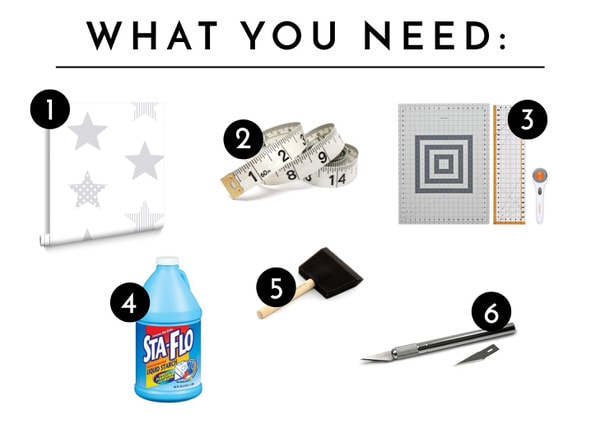










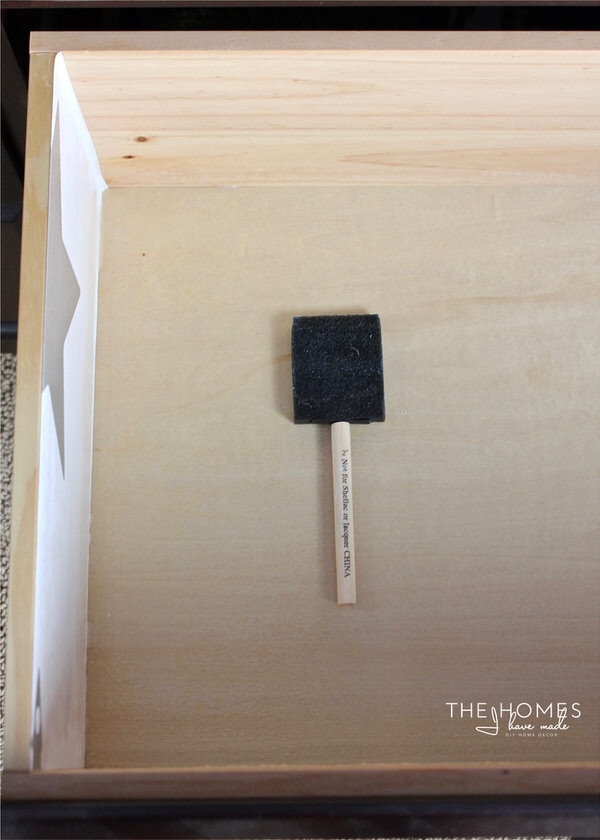




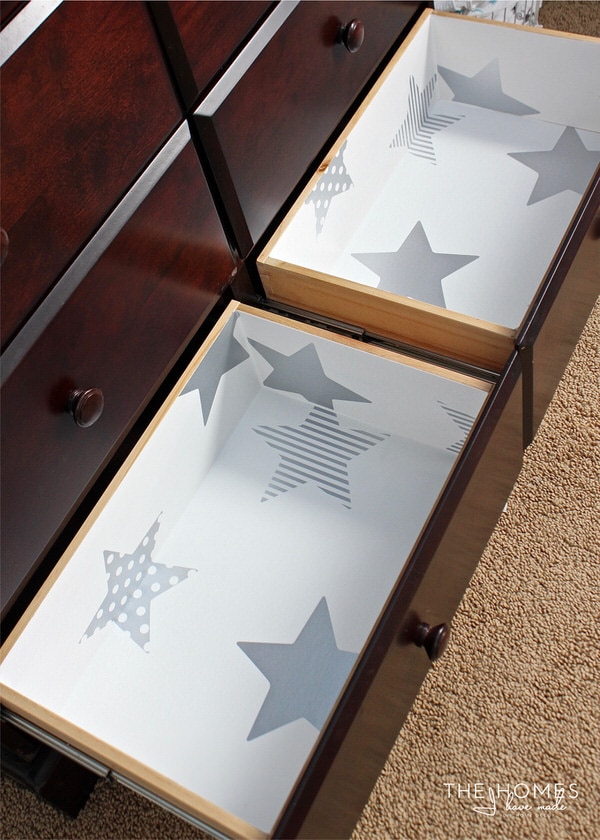
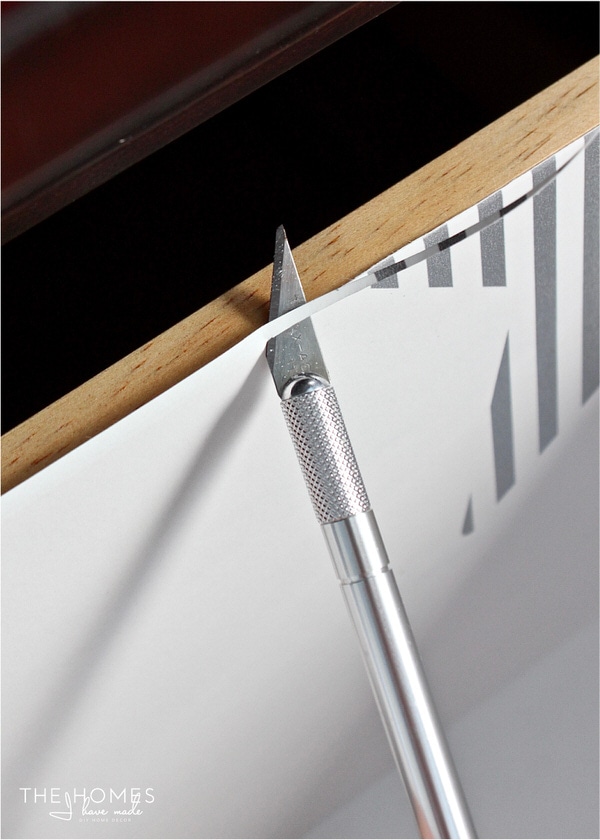
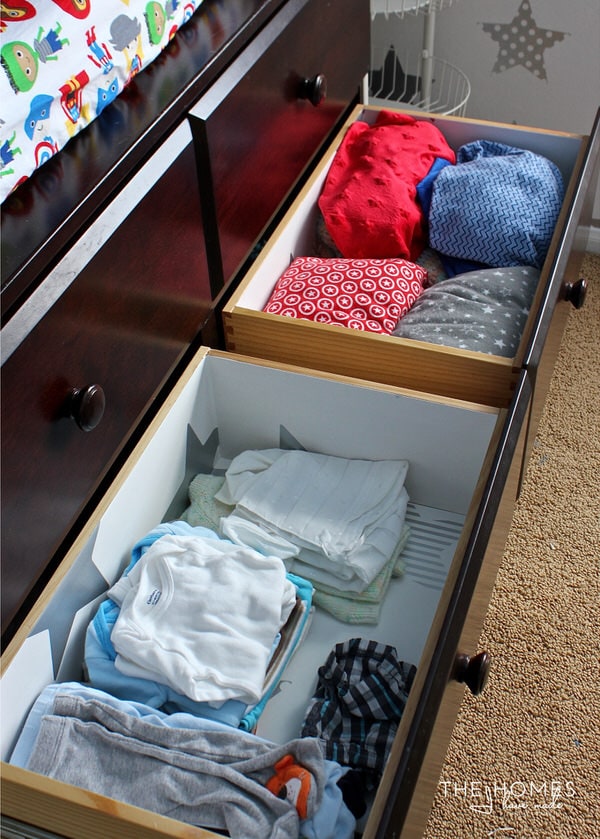








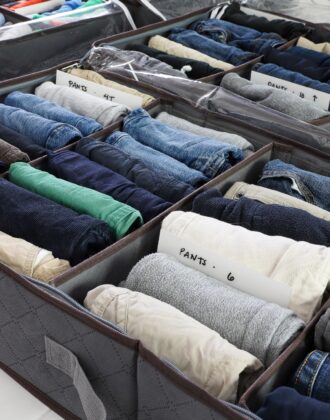


11 Comments on “How to Line Drawers with Wallpaper”
This post is perfect timing! We found the cutest dresser for my daughter’s room at a consignment shop in town. The plan is to paint and replace the knobs. Now we will be lining the drawers too! I love weekend projects!
Hope you and your family have a great week!
Great tutorial! If pre-pasted wallpaper is used for shelf lining or bottom of drawers one can active the glue by wetting just the corners and/or spot wetting along the edges and attaching. This makes removing the paper so much easier.
If the front of the drawers are curved, well, good luck. Yours look great! Love all your ideas.
Very good point, CT Granny!
I would say line the front part of the drawer (presumably the curved part), as you would the sides and then line the bottom and back in a single sheet. Thanks for pointing that out!
Have a great day!
Megan
I love the comparison at the end. My granny always called underthings “drawers”, so comparing drawers and fancy drawers gave me a giggle. Thanks!
Hi Megan, love it. You say to use liquid starch . I was wondering about the spray bottles that you spray when ironing. Do you think it would be sticky enough??? I really want to do this to a cupboard with drawers one side that I am in the process of sanding down. Thanks for the ideas.
I have some spare wallpaper & I’m going to line a cabinet, is there anything I can put on the paper to protect it as it’s going to be used to store boots.
Thanks
Hi Victoria!
It somewhat depends on how durable your wallpaper is. If it is really, thick, and sturdy, you likely don’t need to put anything over it. Otherwise, you could put clear contact paper over it or seal it with some polyurethane-type product!
Good luck with your project!Megan
Hi Megan!
This is a great idea. I was wondering if you ever had any issues with bugs being attracted to the starch. I’m just afraid of opening a drawer and finding silverfish all over.
Thanks!
Hi there!
Not once have we had issues with bugs and the liquid starch and we’ve used it in three homes and 2 dressers…but your comment now has me slightly terrified, LOL.
Hope that eases your mind a bit!Megan
Can you tell me how you figure out how much paper you need to do drawers?
I’m super frustrated trying to figure this out!
Thanks so much.. I appreciated your tutorial!